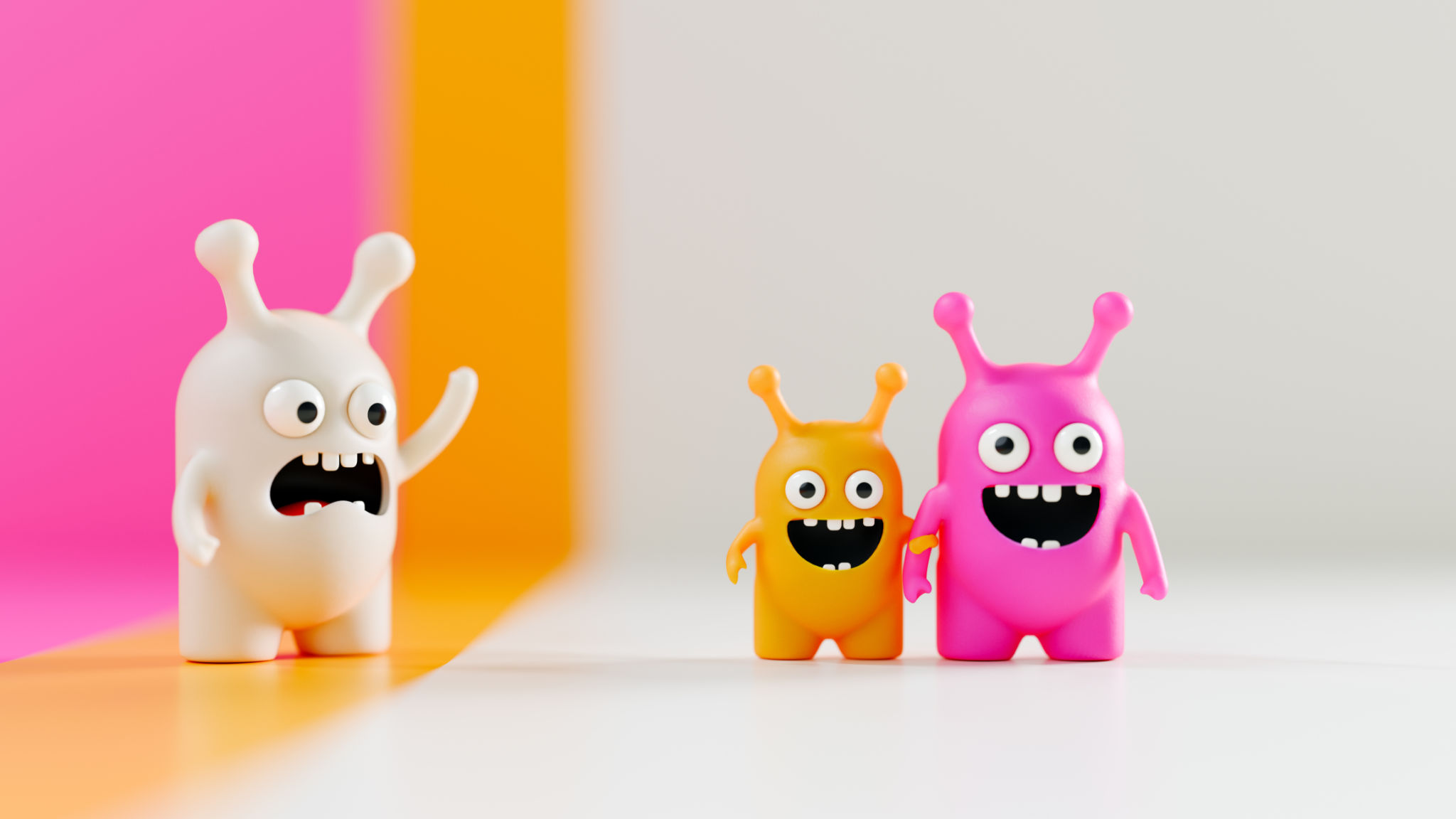Behind the Scenes: Crafting Original Album Covers with Toy Photography
The Artistic Revolution of Album Covers
Album covers have always been an integral part of the music industry, providing a visual representation of the sound and emotion contained within. Traditionally, these covers were painted or photographed, but recent years have seen a fascinating evolution with the rise of toy photography. This imaginative art form is breathing new life into album cover design by blending miniature worlds with powerful storytelling.

The Allure of Toy Photography
Toy photography involves capturing images of small-scale models or figures in creative ways, making them appear larger than life. What makes it particularly appealing for album covers is its ability to evoke nostalgia and curiosity. Through clever use of lighting, perspective, and detail, toy photographers can create scenes that are both whimsical and profound, perfectly aligning with the themes many artists wish to convey through their music.
This art form allows for endless creativity, as artists can construct entire worlds that reflect the essence of their songs. By using toys, photographers can manipulate elements in ways that would be impossible with live subjects or digital graphics alone.
The Process Behind the Magic
Creating an album cover using toy photography involves several steps. Initially, artists and photographers collaborate closely to develop a concept that mirrors the music's tone. This process often includes brainstorming sessions where ideas are sketched out and refined.
Once a concept is established, the next step is to select the right toys and props. Photographers often spend hours sourcing unique figures and backdrops that will bring their vision to life. The attention to detail at this stage is crucial, as each element must contribute to the overall narrative.

Setting the Scene
After gathering all necessary components, it's time to set up the scene. Photographers meticulously arrange their toys and props, paying close attention to composition and lighting. Lighting is a key factor in toy photography; it can dramatically alter the mood and depth of an image. Many photographers experiment with different light sources, from natural sunlight to custom-built rigs, to achieve the desired effect.
Angles and perspectives are also carefully considered. By shooting from low angles or using macro lenses, photographers can create an illusion of scale that immerses viewers in a miniature universe.
Post-Production Magic
Once the photoshoot is complete, the post-production phase begins. This involves editing the images to enhance colors, adjust contrasts, and sometimes add special effects that heighten the visual impact. Software like Adobe Photoshop and Lightroom are commonly used tools in this stage.

During post-production, artists may choose to incorporate additional elements such as text or graphics to complete the album cover design. The final product is a compelling fusion of music and imagery that captivates audiences before they even press play.
The Impact on the Music Industry
Toy photography is not just a passing trend; it represents a shift towards more original and personalized album artwork in the music industry. Artists are increasingly seeking ways to stand out in a crowded market, and unique visuals can make all the difference. Toy photography offers a fresh perspective that resonates with fans and sparks conversation.
As more musicians embrace this innovative approach, we can expect to see even more stunning and imaginative album covers that challenge traditional norms and inspire future generations of artists.